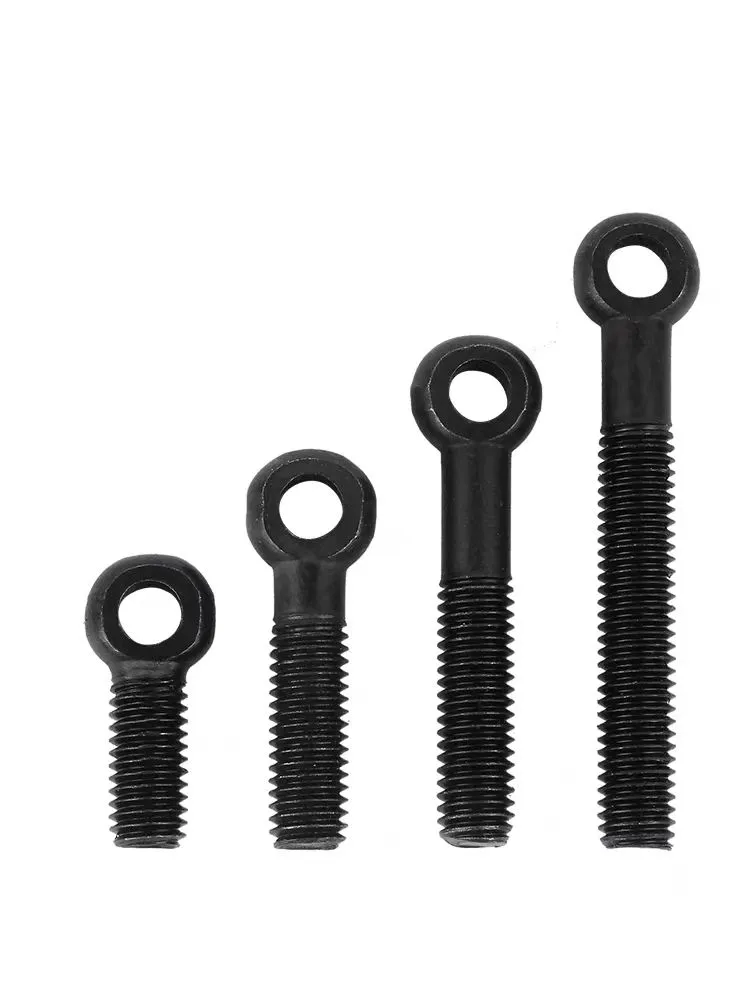

Stud Bolts ASME Standards and Applications for Enhanced Structural Integrity
Nov . 01, 2024 07:52 Back to list
Stud Bolts ASME Standards and Applications for Enhanced Structural Integrity
Understanding Stud Bolts in ASME Standards
Stud bolts are essential components in various engineering and construction applications, playing a crucial role in securing flanged joints. They are widely used in industries such as oil and gas, power generation, and chemical processing, where reliability and safety are paramount. The American Society of Mechanical Engineers (ASME) provides comprehensive guidelines and standards for manufacturing and utilizing stud bolts, ensuring that they meet stringent requirements for performance and durability.
Understanding Stud Bolts in ASME Standards
ASME standards, particularly ASME B16.5 and ASME B16.34, delineate the specifications for flanged fittings and valves, including guidelines for associated stud bolts. These standards address various critical factors, including material selection, dimensions, and mechanical properties. For instance, stud bolts can be made from different materials, including carbon steel, alloy steel, and stainless steel, each chosen based on the specific application requirements, such as corrosion resistance and strength.
stud bolt asme

One of the vital aspects covered by ASME standards is the yield strength and tensile strength of stud bolts. The tensile strength is the maximum amount of tensile stress that a material can withstand before failure, while yield strength indicates the maximum deformation a material can experience without permanent deformation. Stud bolts must be designed to exceed the expected loads in service to avoid catastrophic failures.
Proper installation of stud bolts is also critical. The ASME guidelines recommend using appropriate torque values to ensure that the joint is tight enough to prevent leakage but not so tight that it damages the materials involved. Furthermore, using proper lubrication can help achieve the necessary torque while minimizing the risk of galling, especially with stainless steel studs.
Testing is another crucial component under ASME standards. Stud bolts must undergo rigorous inspection and testing, including proof load testing and visual inspections, to verify their integrity and performance. This ensures that the components can withstand operational conditions and helps prevent failures that could lead to safety hazards.
In conclusion, stud bolts play an integral role in securing critical systems across various industries. Adhering to ASME standards ensures that these fasteners are reliable and capable of performing under demanding conditions. By understanding the specifications and best practices associated with stud bolts, engineers and manufacturers can enhance safety, performance, and longevity in their applications.
Latest news
-
Hot Dip Galvanized Bolts-About LongZe|High Strength, Corrosion Resistance
NewsJul.30,2025
-
High-Strength Hot Dip Galvanized Bolts - Hebei Longze | Corrosion Resistance, Customization
NewsJul.30,2025
-
Hot Dip Galvanized Bolts-Hebei Longze|Corrosion Resistance&High Strength
NewsJul.30,2025
-
High-Strength Hot-Dip Galvanized Bolts-Hebei Longze|Corrosion Resistance&High Strength
NewsJul.30,2025
-
Hot Dip Galvanized Bolts-Hebei Longze|Corrosion Resistance&High Strength
NewsJul.30,2025
-
Hot Dip Galvanized Bolts - Hebei Longze | Corrosion Resistance, High Strength
NewsJul.30,2025

